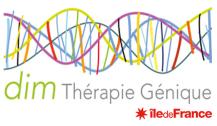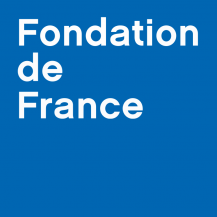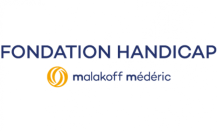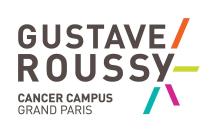Areas of Expertises
Brain MRI analyses
In recent decades, the accessibility of MR scanners and rapid advances in the development of MRI sequences have provided a large and complex amount of data. Analyzing these data is an important and challenging step.
In our Image@Imagine team we use different methods, according to the nature of the data, to unravel and explore to the best all information provided by the current MRI sequences.
Here, an overview of the methods used in the:
- Segmentation of brain structures or tissues and cortex parcellation with 3DT1 sequences using Statistical Parametric Mapping 12 (SPM12), Computational Anatomy Toolbox 12 (CAT12) and FreeSurfer software,
- Images registration and normalization for statistical comparison between groups or population with 3D T1-weigthed, ASL and T2-weighted images using SPM12 and CAT12,
- Images preprocessing, statistical tests using general linear model (GLM) and independent component analysis (ICA) with fMRI data using DPABI, SPM12 and FSL software,
- Images preprocessing, fractional anisotropy (FA) measurement, mean diffusivity (MD), axonal diffusivity (AD), radial diffusivity (RD) and tractography analysis with DTI data using FSL (TBSS, ProbTrackx) and TrackVis softwares.
Eye-tracking
For the past 10 years we have conducted investigation of social perception processes using eye-tracking, a non-invasive method that provides objective measures of gaze pattern in a social context. Since exploring other’s eye-gaze is a key step to engage in social interactions, studying gaze patterns on social contexts can provide objective information on social behavior.
For that purpose, using a Tobii T120 and Tobi X20 equipment, we have implemented an eye-tracking research platform in our laboratory dedicated to investigating social perception in children and adults with typical and atypical development. An innovative aspect of this research approach is to investigate the main steps of the development of typical social processes. Indeed, even though eye-tracking technology is of great value for studying social behavior, very few studies were performed out of the scope of pathology.
The first step of this research consisted on creating highly sensitive and appropriate ecological stimuli. Our main eye-tracking paradigms are based on visualization of social interaction scenes (a set of 10 sec movie fragments displaying peer to peer social interaction) and a preference paradigm, displaying social and non-social movement simultaneously. Using this eye-tracking protocol, we have performed and continue to perform social perception assessment in wide sample of children and adults, with typical development and with different developmental pathologies, creating a large data base.
Transcranial Magnetic Stimulation
Transcranial magnetic stimulation (TMS) is a non-invasive neuromodulation technique that allows to transient interfere with neuronal activity within a target region, with measurable behavioural effects. For the last 10 years we have performed TMS studies regarding modulation of social perception processes. Socially relevant information ispreferentially processed within a specific brain network, called the social brain, particularly within the superior temporal sulcus (STS), a key region within this network. We have shown that, following inhibition of the right STS neural activity by TMS, healthy volunteers look less at the eyes of the characters during the visualization of social scenes. Interestingly, abnormalities within the STS have been consistently described in autism spectrum disorders (ASD).
Therefore, in collaboration with the TMS platform at ICM, we are currently investigating the use of TMS to modulate the neural activity of the STS in patients with ASD aiming to interfere with eye gaze processing and improve social behavior, which could support the use of TMS as a new therapeutic intervention in ASD.










